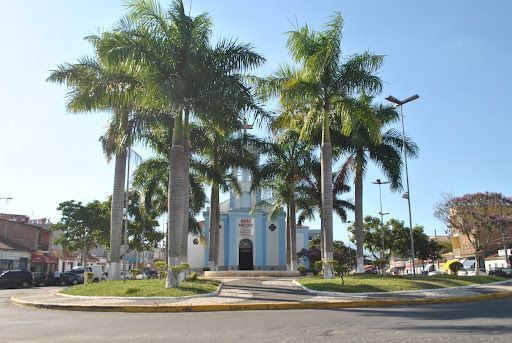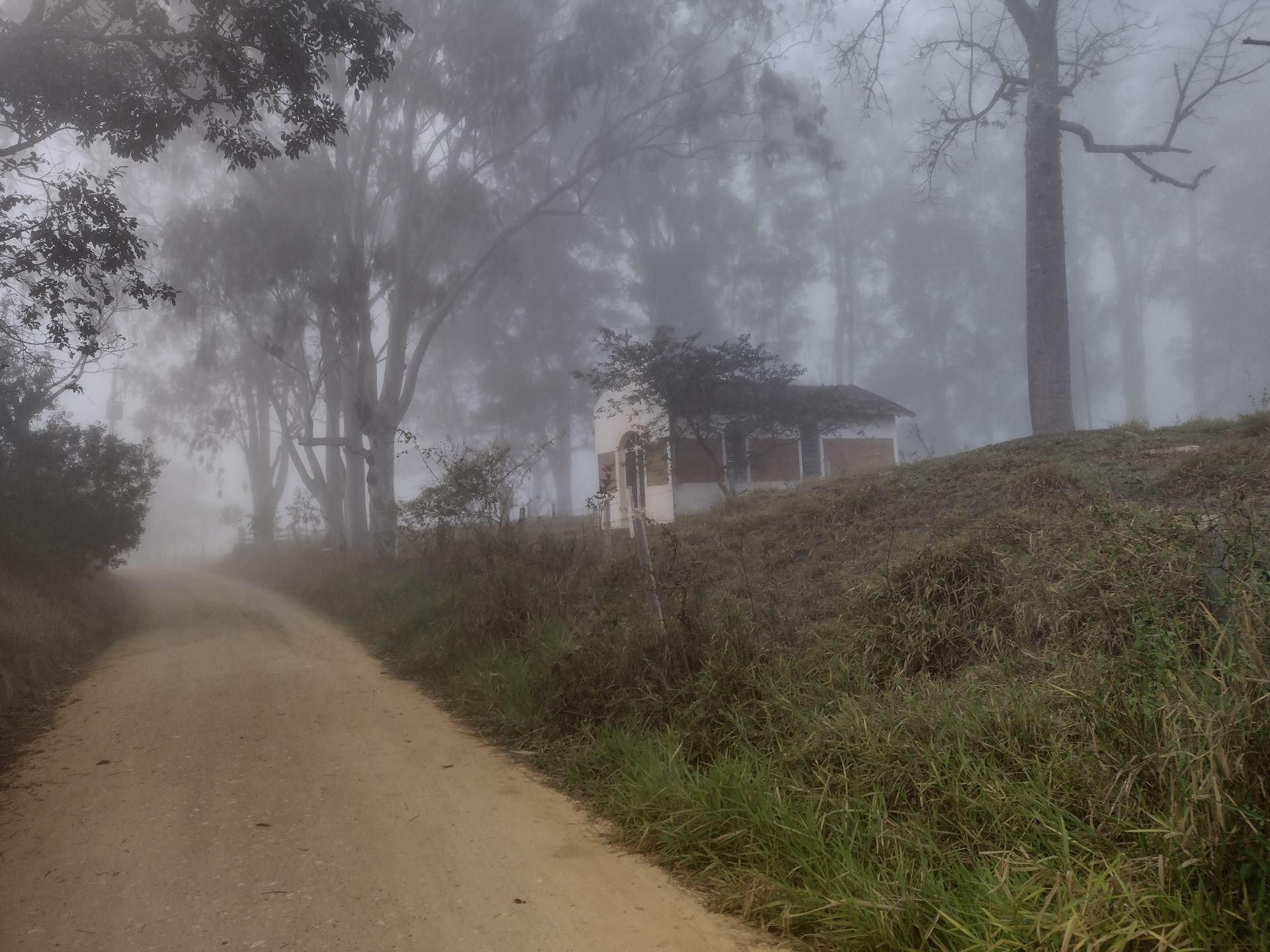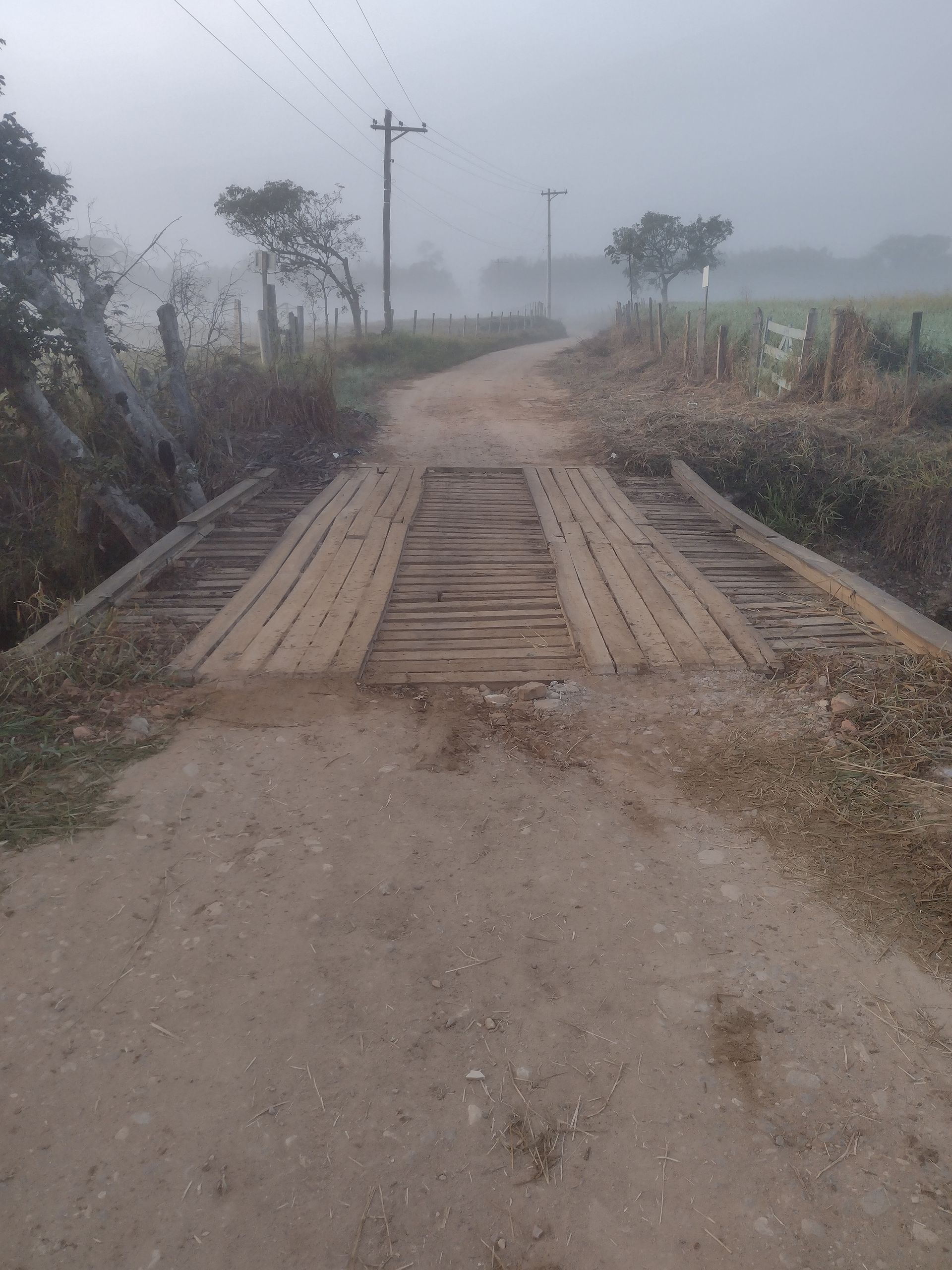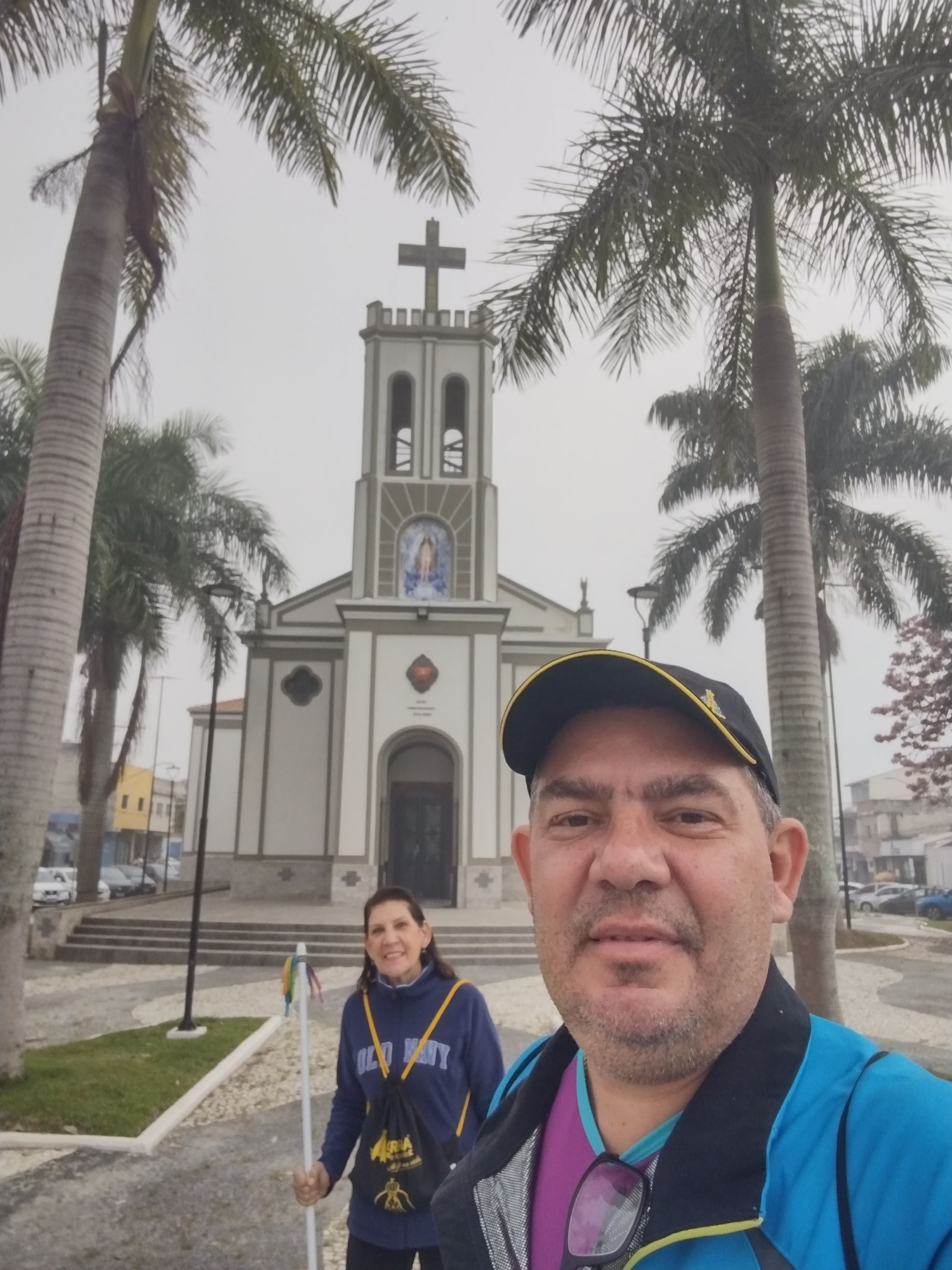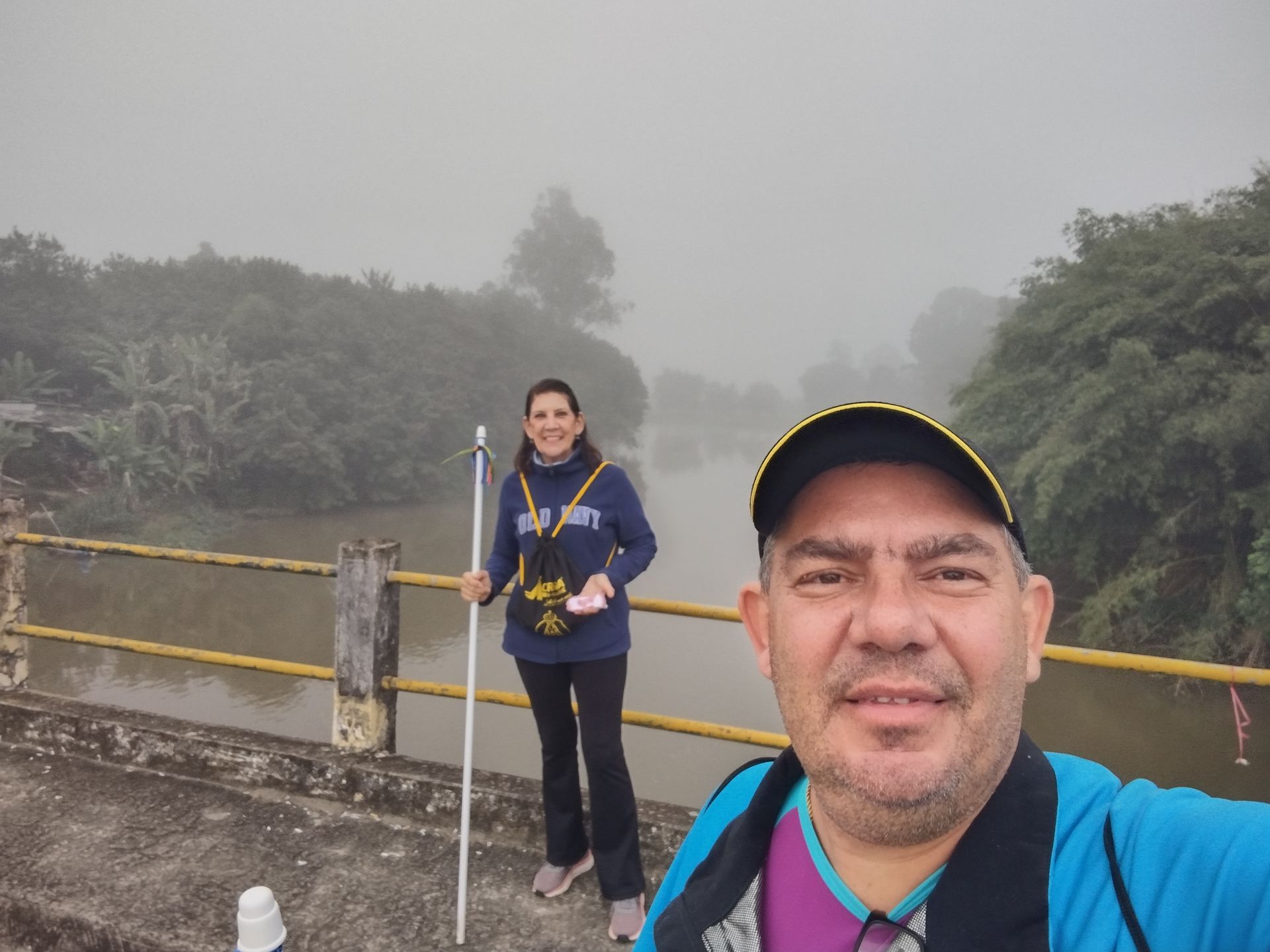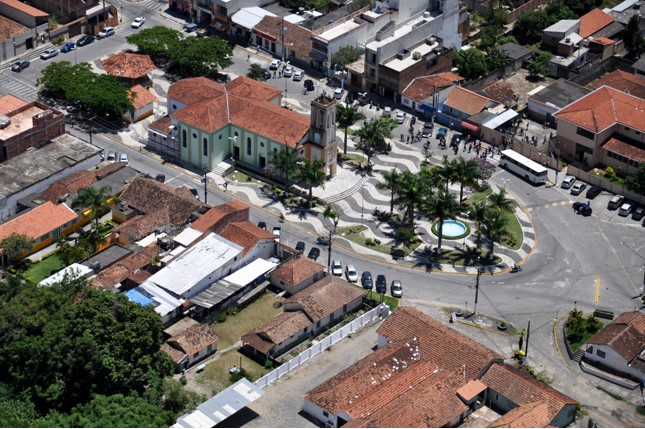Elias Fausto - SP
On this page, the Portal Peregrino da Esperança presents the city of Pindamonhangada, located in the interior of São Paulo, which stands out both for its historical importance and for its role in the economic, cultural and social development of the Paraíba Valley. The chosen Patron Saint was Our Lady of Good Success.
🕊️ “When all seems lost, it will be the happy beginning
of complete restoration.” (Our Lady of Good Success)
Features of the City of Elias Fausto - SP
The city of Elias Fausto, located in the interior of the state of São Paulo, is a municipality that combines rural characteristics with growing urban development, reflecting the diversity typical of cities in the interior of São Paulo. Officially founded in the mid-20th century, its history is closely linked to the agricultural colonization of the region, initially marked by coffee cultivation and, later, by the diversification of economic activities. Despite its relatively small size, Elias Fausto has a strong identity, shaped by the simplicity and community spirit of its residents, who keep local traditions and values alive.
Throughout its history, Elias Fausto has undergone important transformations that reflect the modernization process of the interior of São Paulo. The transition from an economy based predominantly on agriculture to a more diversified scenario, with small commercial and industrial enterprises, demonstrated the city's ability to adapt to economic and social changes. This evolution, however, did not erase its rural roots, which remain visible in the landscape and local culture, especially in traditional festivals, religious events and in the appreciation of the environment.
The city is known for its peaceful environment, with green areas and open spaces that offer quality of life to its inhabitants. The presence of farms, small farms and rural properties helps maintain the balance between urban life and contact with nature. This aspect is valued by those seeking a calmer lifestyle closer to their roots, while still having access to basic infrastructure and essential services. The landscape of Elias Fausto thus reveals a mosaic that unites past and present, tradition and progress.
In the social sphere, Elias Fausto stands out for its sense of community and its appreciation of interpersonal relationships, characteristics common to cities in the interior. Local festivities, often linked to religious celebrations, mobilize a large part of the population, promoting integration and the maintenance of cultural traditions. The main church, for example, plays a central role in the life of the community, functioning as a meeting point and expression of the faith that permeates the daily lives of residents. These social elements strengthen the feeling of belonging and social cohesion in the city.
Finally, Elias Fausto is an example of the small towns in the interior of São Paulo that seek a balance between economic development, cultural preservation and quality of life. Its history, although less well-known compared to larger municipalities in the region, is marked by resilience and adaptability, reflecting the profile of a population that values its origins and projects its future with hope. Thus, Elias Fausto remains a place where simplicity and authenticity define not only the landscape, but also the spirit of its people.
The inclusion of the city of Elias Fausto in the Caminho do Sol route gives the municipality a new dimension in its cultural and spiritual vocation, strengthening its importance in the context of pilgrimage routes in the interior of São Paulo. Although it is a small city, its participation in the route adds value to the walk, as it offers pilgrims an opportunity to experience the simplicity and hospitality typical of the communities in the interior. By integrating Elias Fausto into this route, it becomes more than a geographical point of passage; it becomes a space of welcome and reflection for those who seek an experience of faith and self-knowledge along the way.
The stretch that passes through Elias Fausto presents hikers with landscapes that combine preserved rural areas and quiet urban stretches, allowing direct contact with nature and the daily life of the city. This connection between the natural environment and the urban space reflects the essence of the Caminho do Sol, which proposes not only physical movement, but also the search for balance and inner harmony. The roads and trails that cross the municipality lead the pilgrim through landscapes that invite contemplation, silence and meditation, fundamental aspects of the spiritual experience that the route offers.
Furthermore, Elias Fausto’s participation in Caminho do Sol encourages the appreciation of local culture and promotes sustainable tourism. Pilgrims who pass through the city have the chance to learn about traditions, religious events and the way of life of its inhabitants, establishing an enriching cultural exchange. This interaction strengthens the sense of community and encourages care for the city’s tangible and intangible heritage, ensuring that its historical and cultural roots are preserved and celebrated. At the same time, the flow of visitors contributes to the local economy, encouraging the development of services and initiatives linked to religious and ecological tourism.
The hospitality of the people of Elias Fausto is another element that makes a difference in the Caminho do Sol route through the city. The residents, attentive to the needs of pilgrims, offer support, hospitality and guidance, forming a network of solidarity that makes the walk safer and more enjoyable. This spirit of cooperation and friendship is essential for the success of the route and for creating positive memories that stay with the walkers even after the journey is over. The city, therefore, ceases to be just a dot on the map and becomes a living part of each pilgrim's experience.
In short, Elias Fausto, by being part of the Caminho do Sol, assumes a significant role that goes beyond geography, inserting itself in a tradition of faith, culture and coexistence with nature. The city contributes to making the route a complete journey, which combines physical effort, spiritual search and human encounter. In this way, Elias Fausto reaffirms its identity and regional relevance, offering pilgrims a welcoming, historical and harmonious environment, which enriches the walk and strengthens the bonds between people and the places they pass through.
The Elias Fausto Parish Church, dedicated to Saint John the Baptist, is one of the main historical and religious landmarks of this small town located in the interior of the state of São Paulo. Its history is deeply intertwined with the development of the local community, which from its beginnings sought a point of unity and identity in the Catholic faith. The church was built at a time when the city was still consolidating itself, serving as an essential space for the celebration of religious rites, but also for social gatherings of residents. This church not only reflected the growth of the population, but also helped to shape the cultural and spiritual life of the municipality, becoming a symbol of belonging for the generations that passed through there.
The construction of the church accompanied the city's progress, adapting to local needs and conditions over time. Although simple in its architecture, the church has elements that reveal the tradition and devotion of the faithful, expressed in the preservation of sacred images, altars and artistic details that reflect the community's religiosity. Its central location reinforces the church's role as a vital hub of the city, where celebrations, festivities and religious events take place regularly, attracting residents and visitors for moments of faith and fellowship.
The Elias Fausto Parish Church also played a fundamental role in maintaining local religious traditions, hosting patron saint festivals, masses and other celebrations that mark the city's cultural calendar. In addition to being expressions of faith, these festivals are opportunities for the community to strengthen its ties, exchange experiences and preserve collective memory. The care taken with the temple and the involvement of the population in organizing the celebrations demonstrate the value attributed to the church as a space for cultural and spiritual expression.
Over the years, conservation efforts and minor renovations have been undertaken to ensure the physical integrity and proper functioning of the church, reflecting the residents' commitment to preserving this significant heritage. This concern is the result not only of the building's religious value, but also of the recognition of its historical importance, which contributes to strengthening local identity and passing on values to new generations. In this way, the church remains alive, connecting past, present and future in a continuity of faith and tradition.
In this way, the Elias Fausto Parish Church represents much more than a physical place of worship. It is a symbol of the city's history and culture, a point of reference for the community and a link that unites residents around faith and shared memory. Its role goes beyond the religious aspect, being also an emotional heritage that contributes to the formation of the city's identity and to the appreciation of its roots in the interior of São Paulo.
Photographs of the City of Elias Fausto - SP
